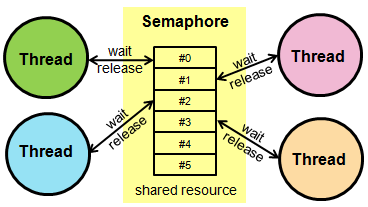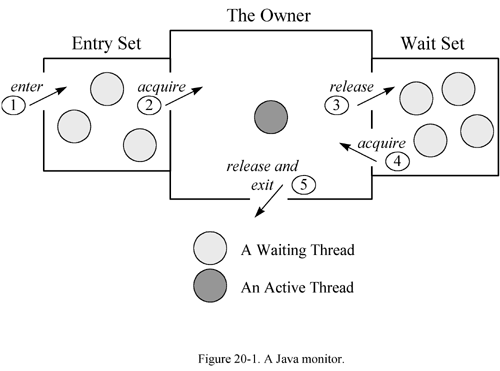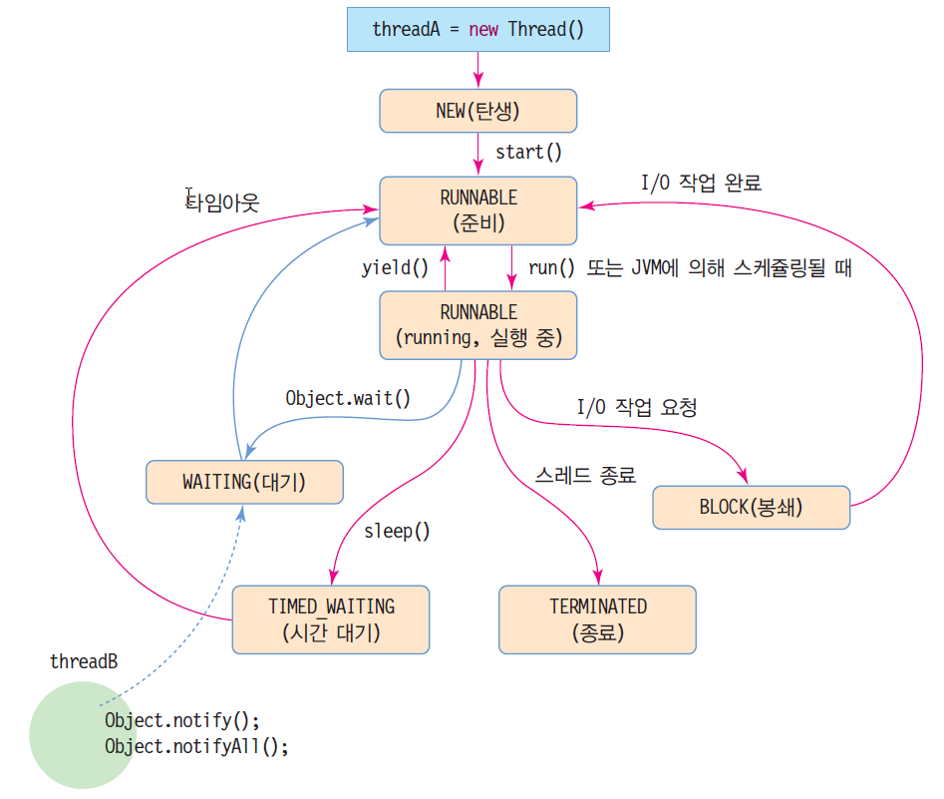Lamport’s distributed mutual exclusion algorithm https://en.wikipedia.org/wiki/Lamport%27s_distributed_mutual_exclusion_algorithm
Ricart-Agrawala algorithm https://en.wikipedia.org/wiki/Ricart%E2%80%93Agrawala_algorithm
Suzuki-Kasami algorithm (Token-passing mutual exclusion algorithm)
https://en.wikipedia.org/wiki/Suzuki%E2%80%93Kasami_algorithm
Raymond’s Algorithm (Tree-based token algorithm)
https://en.wikipedia.org/wiki/Raymond%27s_algorithm







